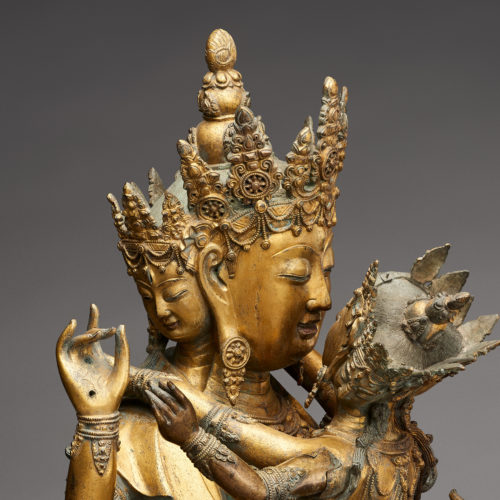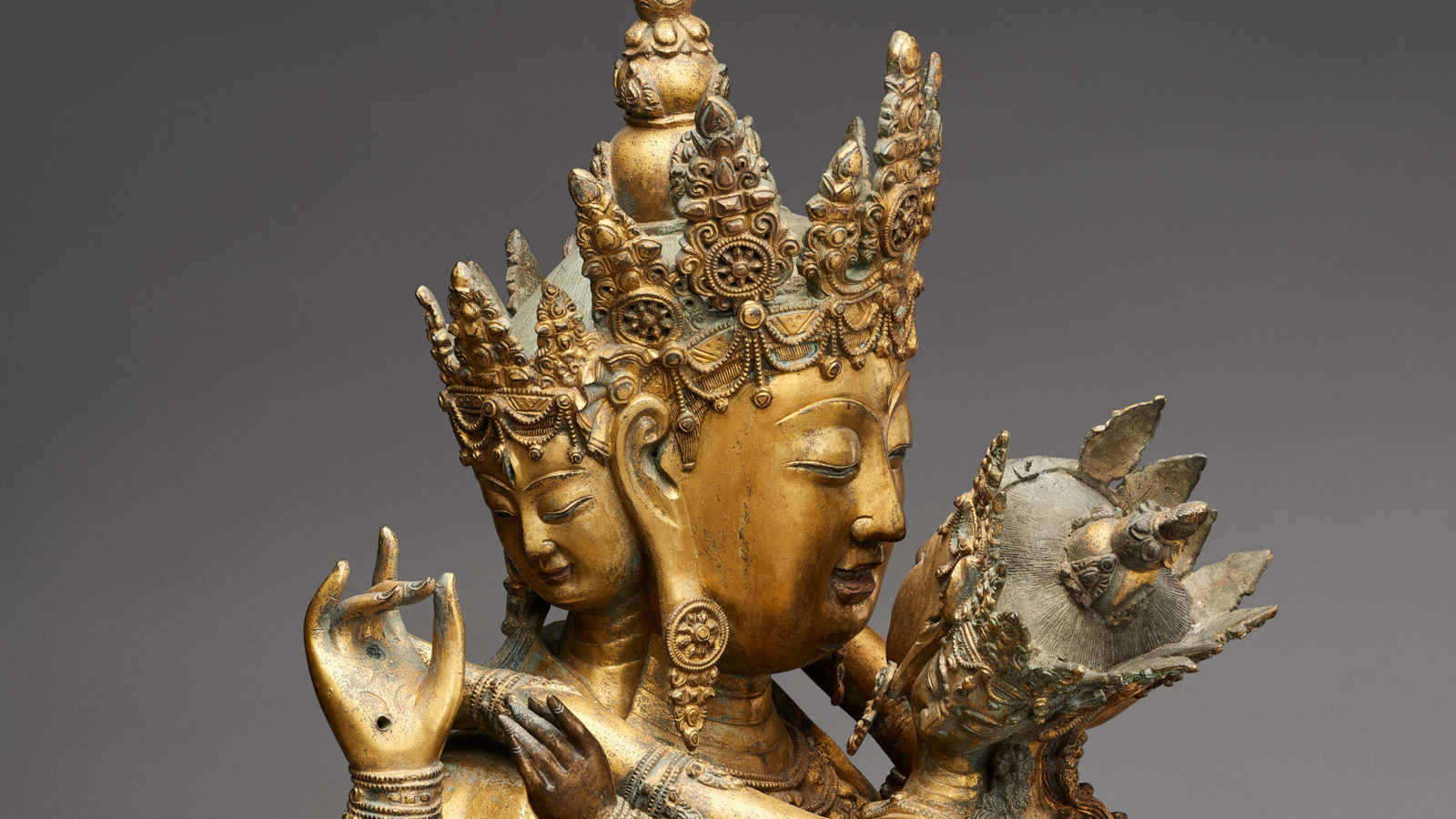Videos and photo-based works by contemporary artists are displayed alongside traditional devotional art throughout Divine Bodies. The exhibition proposes that artwork made for a global, secular art world can also be understood as expressing the relationship between the human and the divine.
These contemporary works, by artists Gauri Gill, David and Hi-Jin Hodge, Dayanita Singh, Pamela Singh and Vivan Sundaram, address one of the exhibition’s central questions: How can we discover meaning in an impermanent world?
Meet the Artists
Gauri Gill
Based in New Delhi, Gauri Gill (b. 1970) is one of India’s most respected photographers. Her work often addresses issues of class and community in India and for two decades she has been engaged with marginalized communities in rural Rajasthan.
David and Hi-Jin Hodge
In their film and video work, David and Hi-Jin Hodge pose questions that probe individual hopes and resolutions. The husband-and-wife team is based in Sweden and creates video installations for museums across the globe.
Dayanita Singh
Dayanita Singh (b. 1961) began her career as a photojournalist, but she now considers herself “a bookmaker working with photography.” She works in interconnected photographic series that explore Indian life and culture.
Pamela Singh
Pamela Singh (b. 1962) uses photography to explore feminine existence through the relationship between her own body and the social landscape. Her painted photographs, “documents transformed into dreams” (New Yorker), use sacred patterning to elevate images to a mode of spiritual exploration.
Vivan Sundaram
One of India’s most distinguished contemporary artists, Vivan Sundaram (b. 1943) is known for politically conscious work. Working across mediums, he explores perception, memory and history and their intersection with social problems and popular culture.
You will find more contemporary art, paintings by Tibetan American artist and thangka master Pema Namdol Thaye, in the concurrent exhibition A Guided Tour of Hell. What happens to us when we die? A powerful series of paintings vividly portrays one man’s descent into the Tibetan Buddhist circles of hell.


